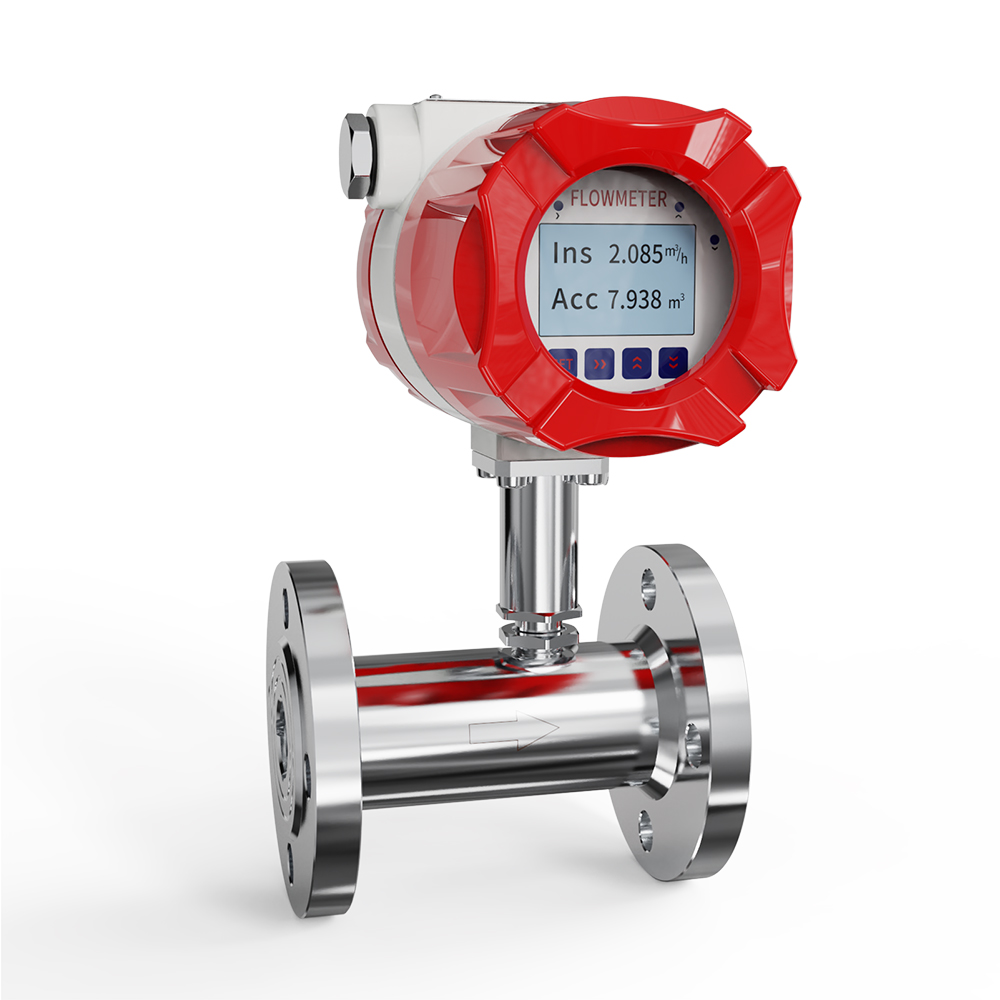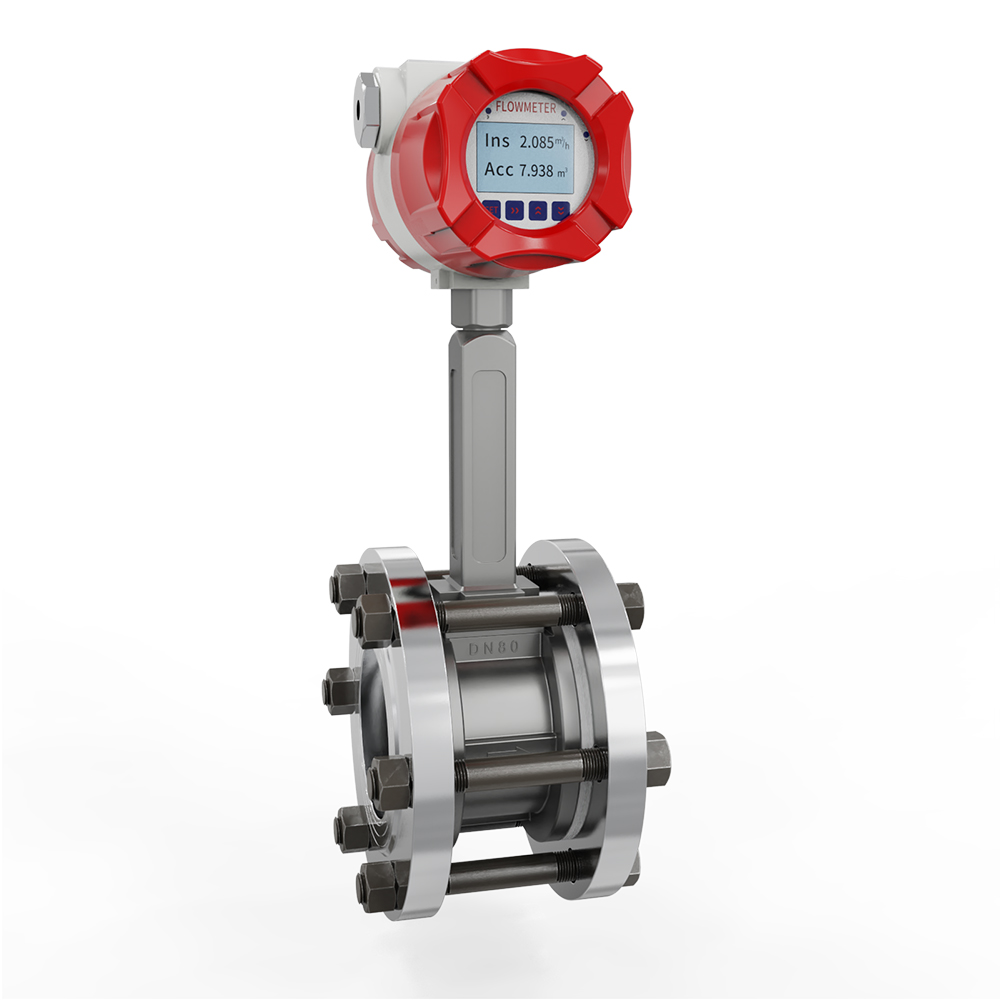-
Specification
| Product | Sanitary type electromagnetic flowmeter |
| Model | SUP-LDGS |
| Diameter nominal | DN15~DN1000 |
| Nominal pressure | 0.6~4.0MPa |
| Accuracy | ±0.5%,±2mm/s(flowrate<1m/s) |
| Repetitiveness | 0.2% |
| Liner material | PFA, F46, Neoprene, PTFE, FEP |
| Electrode material | Stainless steel SUS316, Hastelloy C, Titanium, |
| Tantalum, Platinum-iridium | |
| Medium temperature | Integral type: -10℃~80℃ |
| Split type: -25℃~180℃ | |
| Ambient temperature | -10℃~55℃ |
| Power supply | 100-240VAC,50/60Hz / 22VDC—26VDC |
| Electrical conductivity | Water 20μS/cm other medium 5μS/cm |
| Ingress protection | IP65, IP68(optional) |
| Product standard | JB/T 9248-2015 |
-
Measuring principle
The working principle of the electromagnetic flowmeter is based on Faraday's law, which measures conductive media with a conductivity greater than 5μs/cm and a flow range of 0.2 to 15 m/s. An electromagnetic flow meter is a volume flow meter used to measure the flow rate of liquid through a pipeline.
The measurement principle of a magnetic flowmeter can be described as: when a liquid passes through a pipe with a diameter of D at a flow rate of v, the magnetic flux density generated by the excitation coil is B, and the following electromotive force E is proportional to the flow rate v:
| Where: E-Induced electromotive force K-Meter constant B-Magnetic induction density V-Average flow speed in cross-section of measuring tube D-Inner diameter of measuring tube |  |
-
Introduction
 Noted: the product strictly prohibited to be used in explosion-proof occasions.
Noted: the product strictly prohibited to be used in explosion-proof occasions. -
Application

-
Automatic calibration line



















